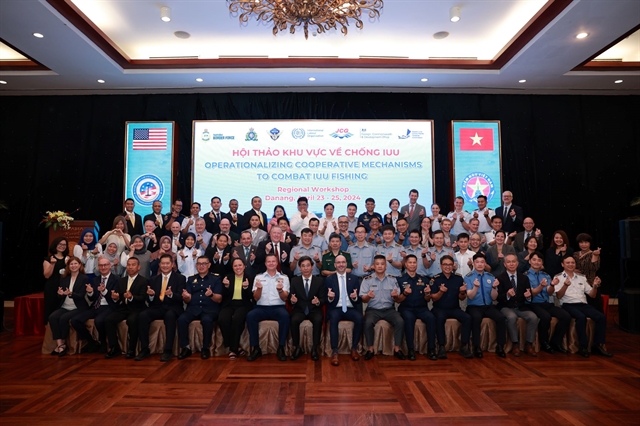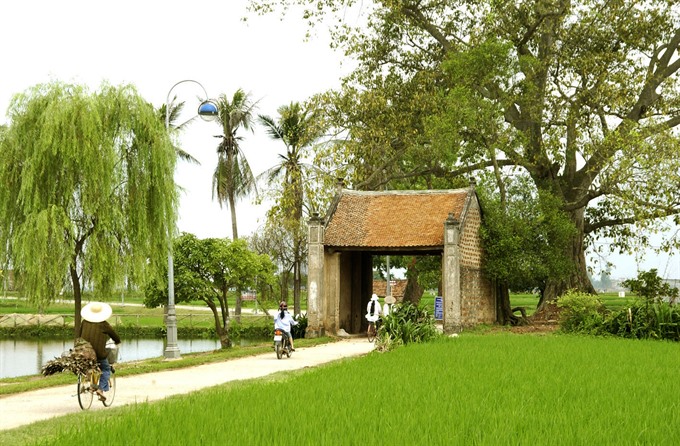 Society
Society

 |
| Đường Lâm Village in Hà Nội’s Sơn Tây City retains most of the characteristics of a typical Vietnamese village: a village gate, banyan trees, a wharf, a communal yard, pagodas, a well and rice fields. — VNA/VNS Photo Anh Tuấn |